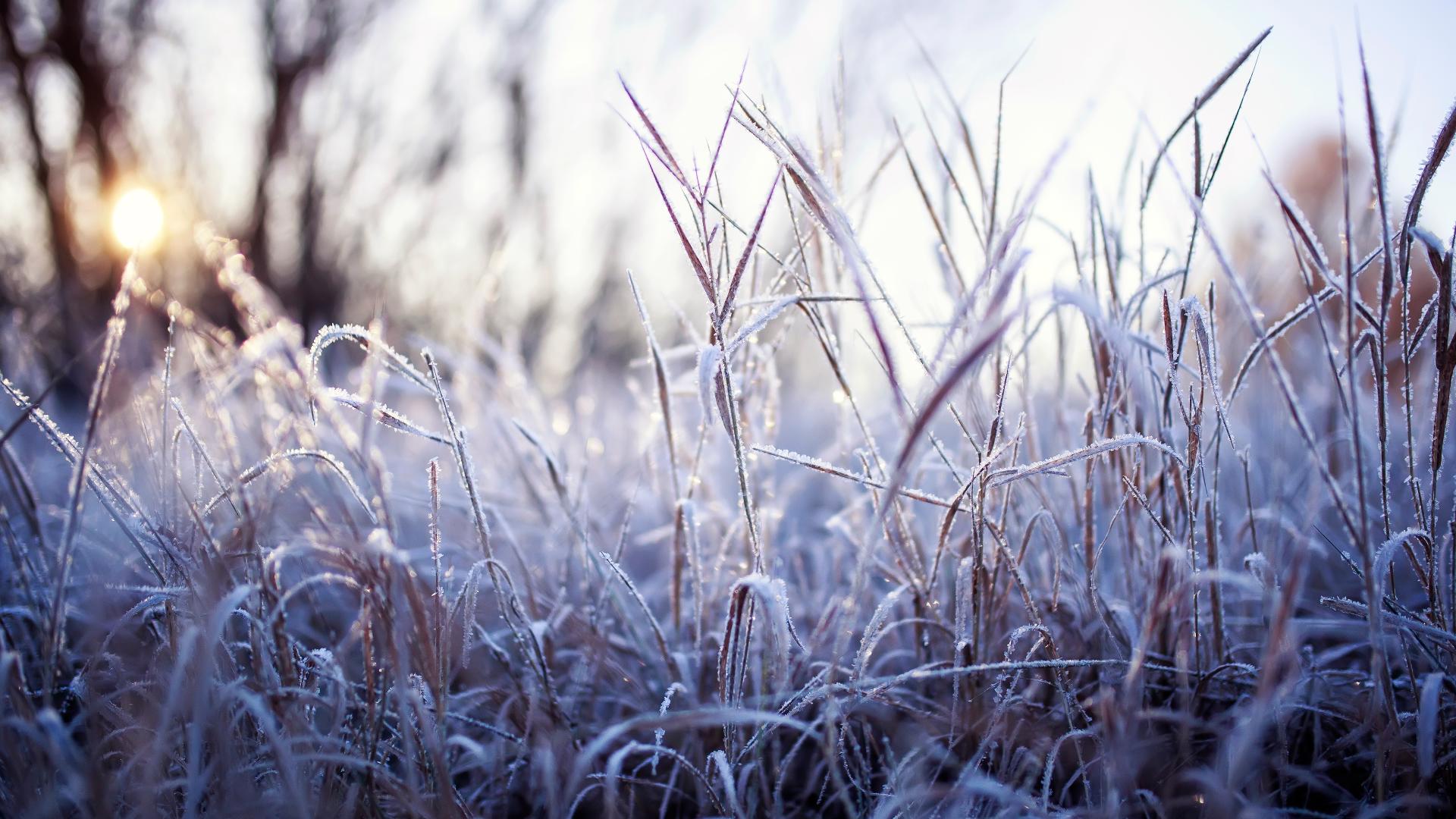NORFOLK, Va. — As we enter the coolest months of the year, it’s likely that on some mornings, you may wake up to frost. Let’s dive into how frost forms.
Four ingredients are necessary for frost formation: clear night skies, calm winds, and of course, cold temperatures and moisture.
The Earth emits radiation from its surface to the atmosphere all day long. During the day, the sun’s radiation is much stronger than the Earth’s cooling process. That’s why we are warmer during the day.
At night, when the sun’s gone, the Earth continues to release this heat. Clear night skies allow the Earth to cool off significantly. Clouds in the area would trap some of that emitted heat near Earth’s surface, so clear nights equal cooler nighttime temperatures.
Winds are like a whisk; they mix the air so that cool and warm air combine. Without winds, the cool air near the ground will not mix with the warmer air above so temperatures near the surface stay cooler.
Temperatures have to fall to the dewpoint temperature. When that happens, in the presence of moisture, condensation occurs. Then, if temperatures are cold enough, frost forms.
Local topography also plays a role in where frost will form. Valleys are more likely to see frosty conditions because cold air is denser than warm air and will sink to the lowest point in an area.
The National Weather Service will issue a Frost Advisory when low temperatures are expected to drop between 33 and 36 degrees under a calm and clear night. Freeze Warnings are issued when widespread temperatures drop to 32 degrees or colder.
That’s how your weather works!

